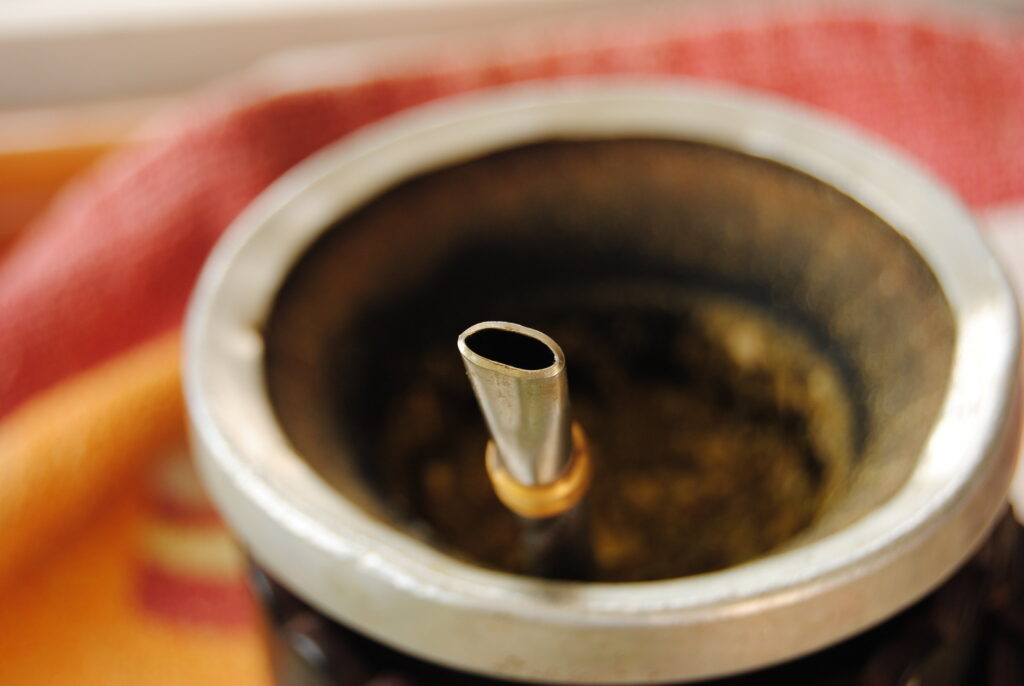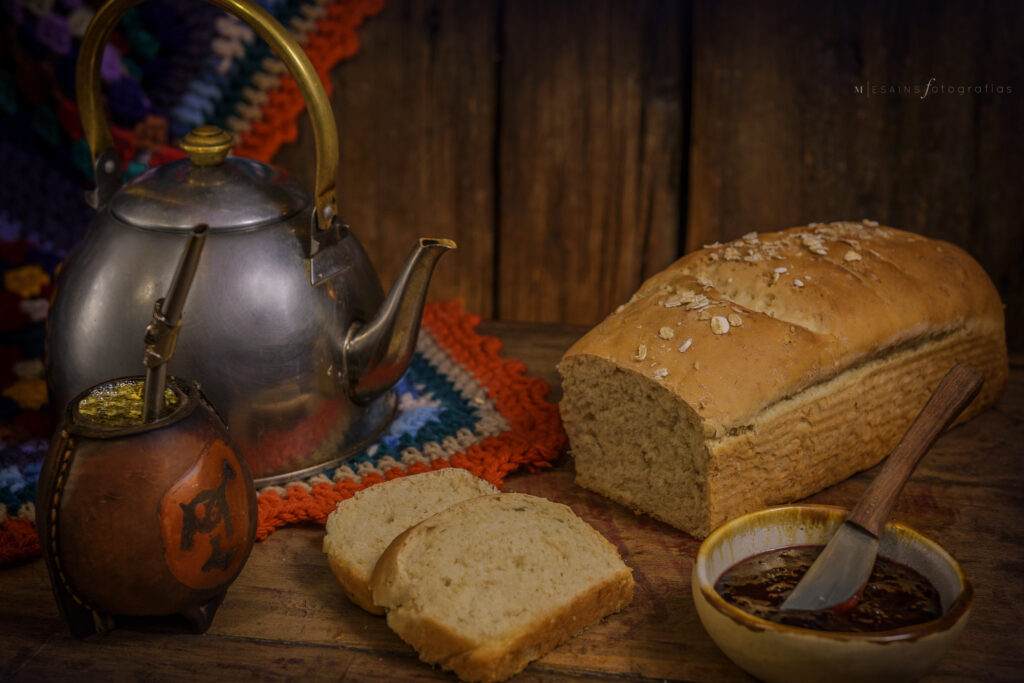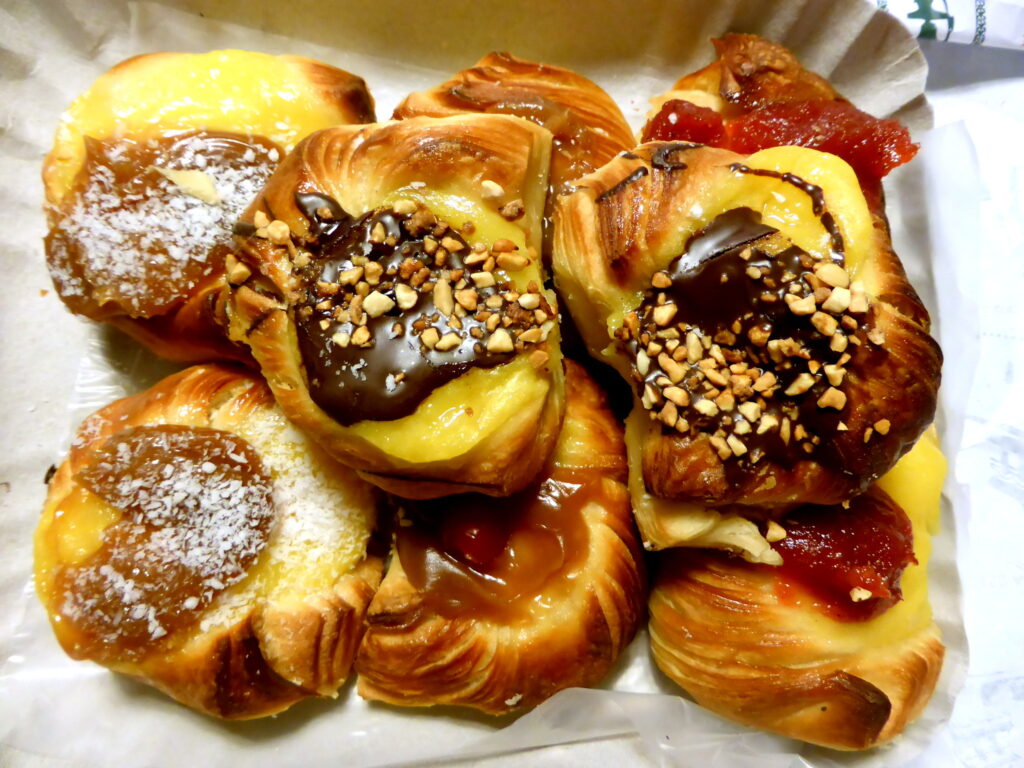In Buenos Aires breakfast is given between 7 and 10 in the morning. It is the first meal of the day, although for many it is the most important. For this reason, Argentines think a lot about breakfast as the key moment to start their day.
Infusions, bread, cookies, sweets, jams, ham and cheese, and much more. Not all Argentines prefer the same thing for breakfast.
Therefore, there is nothing better than reading this article to understand what is customary for breakfast in Buenos Aires.
What is a Typical Breakfast in Buenos Aires Like?
Infusions
Coffee and mate compete for the spotlight at the Argentine breakfast table. This rivalry is just as intense in Buenos Aires, with no exceptions.
For many, coffee is the best way to start the day. It offers an energy boost and helps wake you up from the moment you begin your day. This option is very common among those who choose to have breakfast outside their homes, whether at work or in a café.
However, mate is Argentina’s most traditional beverage. Every household has a thermos and a mate. In truth, it’s the preferred drink throughout the day, not just at breakfast. Additionally, the social aspect of sharing mate with family or friends is an essential component.
Many people choose to have both infusions as part of their breakfast, assigning them their respective moments. For example, coffee as the first drink of the day and mate as a beverage to enjoy throughout the day.

Juices
Many people feel their breakfast is incomplete without a glass of juice. This mainly refers to citrus juices such as orange, grapefruit, and even lemonade.
This type of beverage is not the main event at breakfast but is an ideal complement, especially with coffee, due to its vitamins and nutrients.
In recent years, detox juices have become popular. These are made from a base of fruits and vegetables, with no sugar or sweeteners, and provide a great amount of nutrients and minerals.

Toast and Bread
The influence of European bakeries is evident in Buenos Aires breakfasts. Argentines have made toast and bread a staple of their morning routines.
Given the bad reputation that wheat flour has gained, the alternative of whole grain flour has kept toast and bread a fixed option for breakfast. They are often accompanied by other products like cheeses, jams, dulce de leche, and cold cuts, adding flavor and calories.

Pastries
Argentine pastries are the flagship of breakfast foods. Medialunas, croissants, churros, Viennese pastries, and Berliners, among many other varieties, are part of the typical Buenos Aires bakery.
Pastries are generally bought from bakeries, although some households prepare them at home.
It should be noted that many people limit their consumption of pastries, medialunas, and similar products due to their high-calorie content. Therefore, it is most common to wait until the weekend breakfast to enjoy these foods.

Dulce de Leche and Jams
Dulce de leche is a staple in Argentine breakfasts. Whether in alfajores, bakery products, or spread on toast, for many people, breakfast isn’t complete without dulce de leche.
Jams and jellies are also worth mentioning. In cafes, you can order toast and choose to accompany it with either dulce de leche or jams.

Dairy
Argentines consume milk and dairy products for breakfast. It’s common to drink coffee with milk, either in a 50/50 proportion or 70/30 (similar to a flat white or cortado).
Milk is also a common breakfast choice, whether mixed with cocoa, whole, or in plant-based versions.
Yogurts and cheeses are also popular. Yogurts are often accompanied by fruits or cereals, while cheeses are typically consumed as spreads on toast or as slices in toasted sandwiches.

Eggs and Cold Cuts
Many Argentines prefer to avoid pastries, bread, and sweets for breakfast. Salty breakfasts, without dulce de leche, jams, or sugar, are increasingly common in cafes.
Specialty cafes often feature breakfasts with avocado, eggs, and bacon as a staple on their menus.
Sandwiches and toasted sandwiches are also among the most popular breakfast choices for Argentines. Ham and cheese are usually the main ingredients, although vegetarian or vegan versions are also available.

Last Considerations
You now have a clearer picture of what is usually eaten for breakfast in Buenos Aires. As you have seen, there is a strong incidence of mate and coffee as infusions chosen by Argentines.
On the food side, the typical Buenos Aires bakery and sweets give way to options such as cheeses, cold cuts and more complete breakfasts in terms of vitamins and nutrients.
In short, Buenos Aires will not be a problem for you when it comes to breakfast. Whether it is a meal that you don’t give much importance to, or whether it is a priority for you, you can enjoy it your way.
(Featured Image Source: Motofumi Ito/flickr.com)


